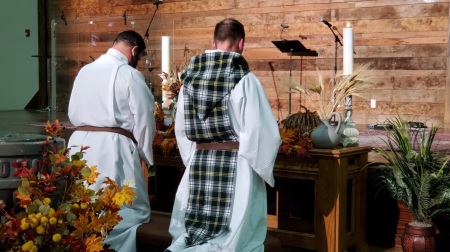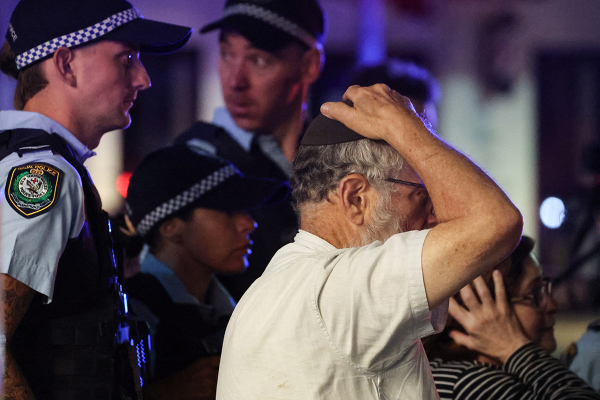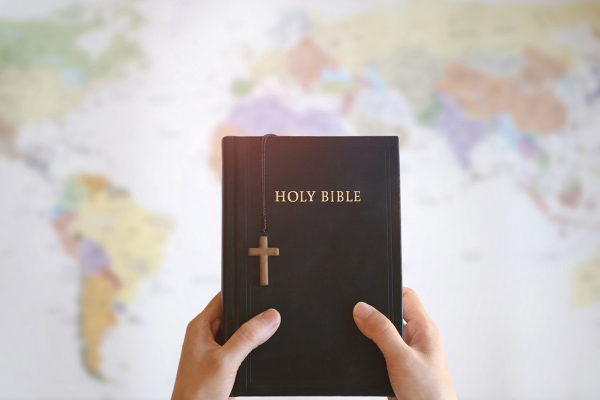Monastic order founded by United Methodist pastor seeing growth amid pandemic

An ecumenical monastic order founded a few years ago with the aim of creating a space for “contemplative life” and fellowship for clergy and laity is seeing growth even with the pandemic restricting their activities.
The Order of St. Patrick, which was founded in 2015 by a United Methodist Church pastor and has a membership of 40, is continuing to grow as it presently is holding classes for 23 Novitiates, or those experiencing a call to monastic life.
Pastor Matthew Scraper, founder and abbot of the Order, told The Christian Post that their current class of 23 novitiates is about twice the size of their previous class, most of whom took the vows to join the Order last year.
“We don’t open the application process until the fall, but we’re already starting to get emails about the next membership class,” he said. “And so, I expect we will probably have quite a few applicants from what I am seeing now.”
Named after the patron saint of Ireland, the Order assumes attributes from early Celtic Christianity and the influences it had on monastic and devotional life in overall Christianity.
Scraper told CP that it was technically the relaunching of an earlier order founded in 1979 by his father, a retired United Methodist minister.
“It was originally founded as a secularly cloistered order for clergy and lay contemplatives,” Scraper added. “The two parts of that being that it is an order not intended to be cloistered within a monastery. One of our ethics is that our cloister is our local church or our local community of faith.”

“Also, something that is within the Christian tradition, but not identified with a particular denomination. And we have continued to maintain that ethic as we reconstituted it.”
In addition to being nondenominational and not based in a monastery, the Order also does not require members to take vows of poverty or celibacy, but gives them as options. It also does not view itself as a partisan or advocacy group.
Scraper told CP that the Order begins its novitiate classes in the fall, with those involved having class conversations and being paired with an “Anam Cara,” which is Old Gaelic for “soul friend.”
Reading materials for the course include Scraper’s book, The Mystic Way of Salvation and The Celtic Way of Evangelism by George G. Hunter III, with an Anam Cara picking others as they see fit.
When it comes to its influence, Scraper hopes that the Order of St. Patrick will “create a space for fellowship of like-minded Christians, lay and clergy” to advance the “contemplative life.”
In recent years, many non-Catholic Christian groups have looked toward the monastic model for creating faith communities, with a notable example being the “New Monasticism” practiced by writers like Jonathan Wilson-Hartgrove.
In an interview with The Anglican Journal last year, Wilson-Hartgrove explained that he was inspired to pursue the “New Monasticism” after meeting figures like progressive Christian leader Shane Claiborne.
“I began to realize that there was actually a longer history of this kind of intentional discipleship, that I had been cut off from, as a Baptist, in the religious orders of the Catholic Church. So I met the Benedictines and began to think about that in terms of a monastic way of life,” said Wilson-Hartgrove.
“I think it’s critical to the witness of the Church in the 21st century that we have ways of unlearning the habits of a very distorted Gospel and learning to live and be good news in the communities where we are.”





















